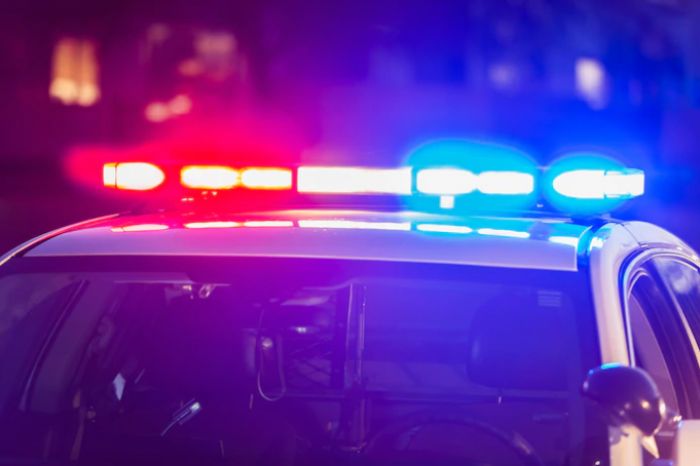Systemic Racism in US Policing

Attorney General William P. Barr recently said that he doesn’t believe there’s any systemic racism in policing. His statement is at odds with the data.
As part of the Stanford Open Policing Project, which collects and analyzes data on police traffic stops across the country, my fellow researchers and I have spent more than 10,000 hours looking at policing data. I still remember the feeling I had soon after we began the analysis; as I wrote to a project leader, “something huge + really catastrophic is going on here.” The data made clear that policing had a disproportionate impact on black and Hispanic drivers. For example, they were far more likely to be searched and arrested. This has long been documented by projects like the Police Scorecard, led by Samuel Sinyangwe and DeRay Mckesson, and by the experiences of black and Hispanic drivers. Further, our data provided evidence that this disproportionate impact resulted not merely from racial differences in crime rates, as observers sometimes argue, but from racial discrimination: In other words, the police treat black and Hispanic drivers differently from identically behaving white drivers.
Five years after we began our analysis, our results are clear. Both police stops and police searches show evidence of bias against black and Hispanic drivers. We analyzed data from nearly 100 million stops occurring from 2011 to 2018 across 21 state patrol police agencies and 35 city police departments — one of the largest such analyses ever conducted — and publicly released the data for others to analyze as well.
How we did our research
To assess racial bias in the decision to stop a driver, we applied the classic “veil of darkness” test. The idea behind this test is that for officers to be racially profiling drivers, they must be able to see the driver’s race. It is harder to do this when it is dark outside. Consequently, if police officers were more likely to stop black drivers, we would expect black drivers to make up a smaller share of stopped drivers after sunset, when it’s harder to see the driver’s race. That’s exactly what we found — even after controlling for other factors like location and time of day.
Here's what helps persuade nonblack people to support Black Lives Matters
We also found evidence of racial bias in the decision to search a driver after stopping them: Black and Hispanic drivers were searched at lower thresholds of evidence, when they were less likely to be carrying contraband. Averaging across city police departments, white drivers were searched only when they had at least a 10 percent chance of carrying contraband — compared to 5 percent for black and Hispanic drivers. (State police departments showed similar racial gaps.) To infer these search thresholds, we applied a statistical test called a “threshold test,” which infers search thresholds using two types of data broken down by race and location: how often drivers are searched and how likely those searches are to find contraband. Our data shows that black and Hispanic drivers are searched at higher rates, but those searches are less likely to find contraband, so the threshold test concludes that black and Hispanic drivers are searched at lower thresholds, suggesting discrimination.
What do people in highly policed communities think about the police? Here's what they said.
Nationwide data
Our analysis looks at the entire country, providing a bird’s-eye view on racial bias nationwide. Deep dives on individual departments have found similar evidence. Consider only the two largest cities in the country: New York and Los Angeles. In New York, analysis after analysis of data up through 2012 has shown evidence of racial bias in stop and frisk, a widespread practice under which police stopped, questioned and searched pedestrians on the least suspicion. In Los Angeles, investigations by the Los Angeles Times of police traffic stops data up through 2018 also found evidence of racial bias against black and Hispanic drivers in stops and searches.
Our evidence of racial bias in police stops comes from the past few years, as does that from New York and Los Angeles; it isn’t some historical relic, as Barr’s full comments imply. And in New York and Los Angeles, the criminal justice system itself concluded that the evidence was convincing enough to act. In New York, after a federal judge ruled that the stop-and-frisk policy was racially biased, the police department was forced to curtail its use dramatically. In Los Angeles, the police department responded to the Los Angeles Times investigation by cutting back on random vehicle stops in an effort to reduce racial bias.
The evidence of racial bias in policing is unequivocal.All Barr has to do is look at the data.
The TMC newsletter has moved! Sign up here to keep receiving our smart analysis.
Emma
Pierson(@2plus2make5) is an incoming assistant professor in
the computer science field at Cornell University and at the Jacobs
Technion-Cornell Institute.






















































































